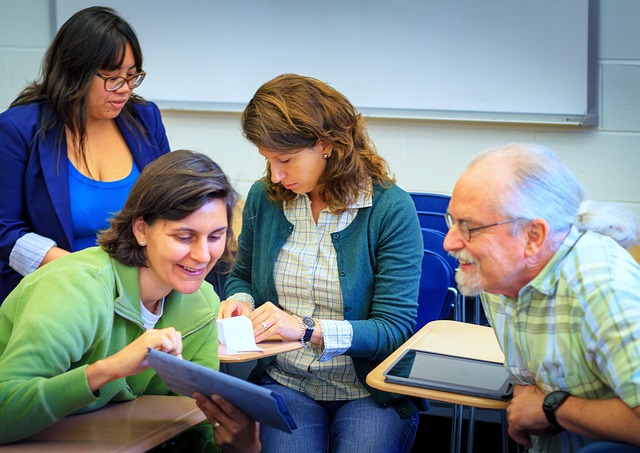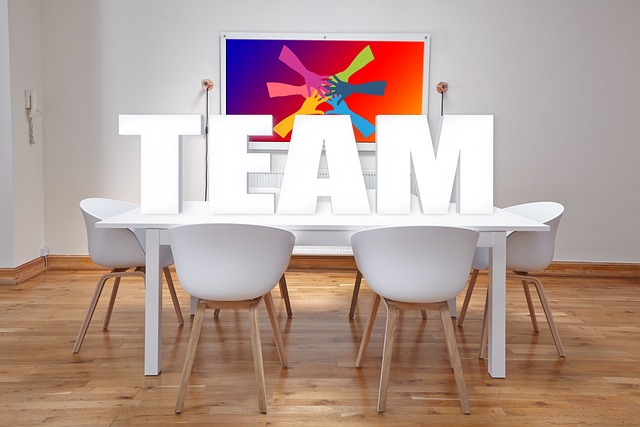In the rich tapestry of our workforce, diversity is not just a metric to aspire towards but a potent source of strength, innovation, and empathy. Among these threads of diversity, disability plays a significant role, often overlooked in the broader dialogue around inclusion. Disability awareness training stands out as an essential tool to bridge gaps, shatter stereotypes, and cultivate an environment where every individual can thrive, contributing their unique perspectives and talents.
The Essential Trio of Topics
Disability Etiquette: At its core, this is about fostering respect and understanding, breaking down the barriers of awkwardness and ignorance that often surround interactions with disabled colleagues. It’s not merely about the words we choose (though they are important) but about cultivating an attitude of empathy and respect. From learning not to assume the needs of individuals to understanding the importance of respectful language and the value of asking before helping, disability etiquette encompasses a range of behaviours and attitudes that facilitate a more inclusive and respectful workplace.
Accessible Communication: This principle goes beyond traditional notions of accessibility, enveloping a broader understanding of how we exchange information in ways that truly include everyone. From ensuring presentations are accessible to people with visual impairments to adopting inclusive language that respects and acknowledges everyone’s experience and identity, accessible communication is about ensuring that every team member can fully participate, contribute, and benefit from the wealth of collective knowledge and insight.
Inclusive Workplace Practices: Building an inclusive workplace means scrutinising our everyday practices, policies, and physical environments from recruitment to retirement. It involves auditing our spaces and systems to identify and dismantle barriers that may impede the participation and progression of disabled employees. This covers a wide range of actions, from implementing flexible working arrangements that accommodate different needs to ensuring physical access and promoting representational equity in leadership roles.
The Why and The Who
For HR professionals, managers, and employees alike, understanding and implementing these principles is not just about regulatory compliance or ticking boxes on an inclusivity checklist. It’s about realising the untapped potential of a diverse workforce.
For HR Professionals: This training is a roadmap to crafting policies and practices that not only comply with legislation but go beyond, to truly welcome diversity. It empowers HR professionals to lead by example, advocating for systemic changes that foster an inclusive culture.
For Managers: Managers play a pivotal role in shaping the team culture and ethos. Being well-versed in disability awareness equips them with the tools to lead diverse teams effectively, ensuring that every member feels valued, understood, and empowered to excel.
For Employees: At the individual level, this training demystifies disability, replacing misconceptions with a solid understanding and empathy. This fosters a culture of respect and collaboration, where differences are not just tolerated but celebrated.
Beyond Training
While disability awareness training is a critical step towards inclusivity, it is by no means the final destination. True inclusivity is embedded through continuous learning, listening, and adapting. It’s about creating channels for feedback, encouraging dialogue, and being open to change. Organisations should see this training not as a one-off event but as the beginning of an ongoing commitment to building an inclusive workplace where everyone, regardless of their abilities, can flourish.
In the context of today’s rapidly evolving workplace landscape, where diversity and inclusion have taken centre stage, disability awareness training is no longer optional. It’s imperative. It’s not just about the ethical imperative or legal compliance but about recognising and unleashing the potential within our workforce. By investing in disability awareness, organisations are taking a crucial step towards not just a more inclusive workplace but a more innovative, empathetic, and ultimately successful enterprise.
In conclusion, disability awareness training covers vital ground, from etiquette and communication to inclusive practices. Targeted at HR professionals, managers, and employees, it seeks to transform knowledge into action, fostering a workplace where every individual is respected, included, and valued. This is the heart of true diversity and inclusion – a commitment to understanding, empathy, and continuous improvement.


